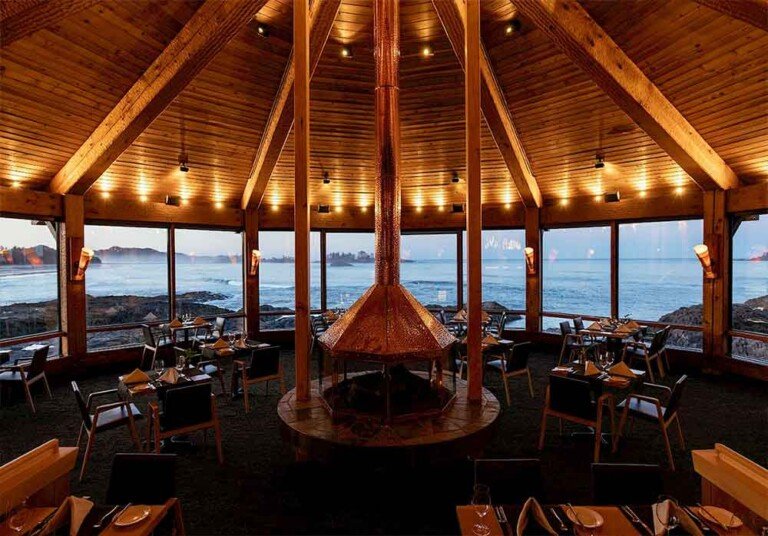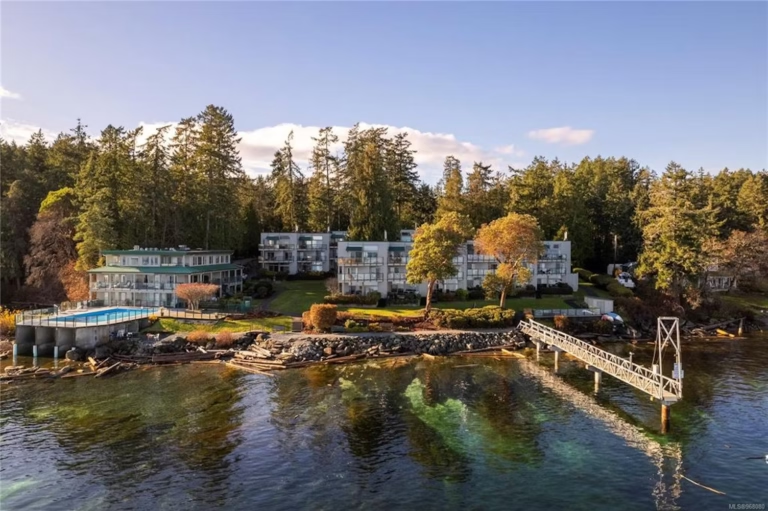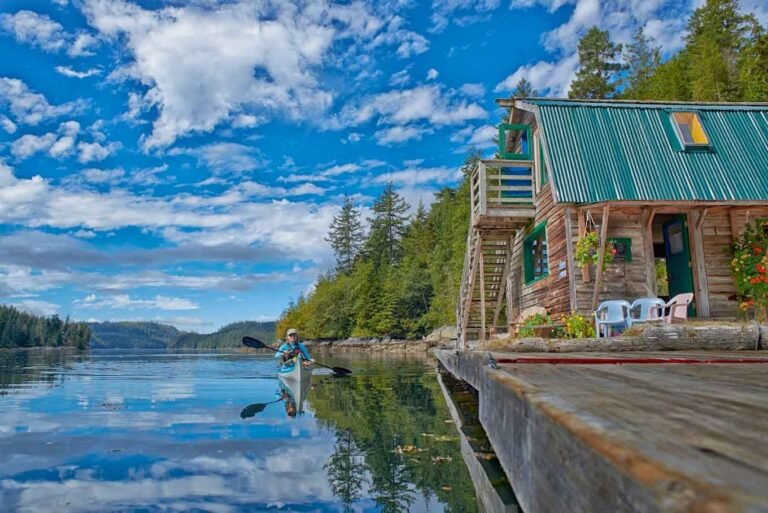Lakelse Lake Wetlands Provincial Park covers 1,214 hectares at the south end of Lakelse Lake, the largest warm water lake in north western British Columbia. Also located on Lakelse Lake is Lakelse Lake Provincial Park.
The park contains internationally significant salmon spawning and rearing habitat, critical habitat for over-wintering steelhead, and regionally important migratory and over-wintering waterfowl and moose winter range. Trumpeter Swans over-winter, breed, and nest in the wetlands, and Grizzly Bears frequent the area in the spring and fall.
Lakelse Lake Wetlands Park protects a biologically exceptional warm water wetland complex. Warm water springs in the wetlands drain into Lakelse Lake. Clearwater and Andalas Creeks have open water throughout the winter as the streams are fed by warm water springs along an escarpment above the creeks.
The bog ecosystem in the Lakelse Lake Wetlands is the largest in the region. It contains scattered and stunted Lodgepole Pine, Western Red Cedar, and Western Hemlock. In addition to water-loving shrubs and herbs, the bogs contain specialized plants such as sundews, tall white bog orchids, and bog club-moss. Accumulations of moss and organic material are often greater than 100 cm, and water tables are within 20 cm of the surface.
The south end of Lakelse Lake contains the most extensive cover of emergent and submerged aquatic plants remaining in Lakelse Lake. Dominant plants include Swamp horsetail in water to 1 metre, and reeds in water to 4 metres in depth. The band of vegetation extends from Schulbuckhand Creek, on the east side of the park, to the outlet of the Lakelse River in the west. The aquatic vegetation has established on shallows built up by sediments from inflowing streams (Schulbuckhand, Clearwater, Andalas, and Ena Creeks). The aquatic vegetation is stabilized by the constant replenishment of sediments and nutrients that are carried in the streams.
The park also contains regionally significant old growth stands, which are rare in the Kitimat Ranges Ecosection. Several small stands are located in the northwest corner, between Andalas and Clearwater Creek, and on the southeast boundary of the park. Mature and old-growth forests commonly found on higher ground in the Lakelse Lake and Lakelse River area are very productive and contain Western hemlock, Sitka Spruce (largest trees in stand), and Western Red Cedar. Shrub cover is dense, and is dominated by Devil’s Club, Salmonberry, and Oval-leaf huckleberry. Herbs are well developed, but the moss layer is thin.
The large reed beds around the southern shoreline of Lakelse Lake, and the streams that run through the alluvial fans and wetlands, provide prime fish habitat. Steelhead over-winter in the reed beds. The warm water of Clearwater Creek supports a late fall Coho run. The quality of water that drains through the wetlands is critical to the Lakelse River fishery. The water drains into the lake through the wetlands and out the Lakelse River, which drains from the southwest corner of the lake, approximately 500 metres from the northern boundary of the park.
The wetlands also contain regionally significant waterfowl habitat that is of great importance to migratory and over-wintering waterfowl. Trumpeter Swan, a provincially blue-listed/threatened species, over-winter and nest in the wetlands. There are reports of more than 100 swans wintering in the wetlands. Swans stay in the area from early winter to spring and breeding occurs in the wetlands. Geese and ducks feed and rest in the wetlands and in the reed beds at the south end of the lake.
Grizzly and Black Bears use the corridor from Clearwater Lake along Clearwater Creek to the wetlands. Grizzlies use the east side of the park in the spring (to feed on shrubs) and fall (to feed on salmon). One of the regions highest seasonal (fall) concentrations of Grizzlies is found along Clearwater Creek. Grizzly Bear density varies with the size of the salmon run. Historically there was a large seasonal population of Grizzly Bears in the wetland.
Grizzlies were known to stay in the area until December, feeding on the late Coho runs in Coldwater Creek. Occasionally, after the late feeding, Grizzlies denned in the wetlands because snow accumulations prevented them from getting to their usual denning areas. The Cecil Creek drainage, west of the park, is a crossing zone for Grizzlies from four different populations. The Grizzly Bears breed in this area and cubs are often reared in the wetland.
The wetlands are also an important seasonal habitat for Black Bear, Wolf, Beaver and other small furbearers. Some of the Black Bears in the area are subspecies Ursus americanus kermodei, (white phase). Black Bear use of the area is very high. The bears forage on Pacific Crabapple and salmon.
Recreation in the park includes exploring the wetlands by canoe or kayak, fishing for trout, char and Coho salmon in Andalas and Clearwater Creeks, and hiking. Wilderness, backcountry or walk-in camping is allowed, but no facilities are provided. Cross-country skiing and snowshoeing in winter are possible on the old logging roads on the east side of the park. Access into the wetlands can be made via the old logging roads leading into the park from the east side of Highway 37, between Schulbuckhand Creek and Onion Lake. These roads are not maintained and can be narrow and overgrown.
Lakelse Lake Wetlands Provincial Park is located at the south end of Lakelse Lake, approximately 18 km south of Terrace and 40 km north of Kitimat on Highway 37. Access is by boat from Lakelse Lake, or by hiking via the old logging roads. Use NTS Map Sheet #103 I/7 (Lakelse Lake). Additional information on the park is available from the Kitimat Visitor Centre.
Nearby Regions & Towns
Park Notices




